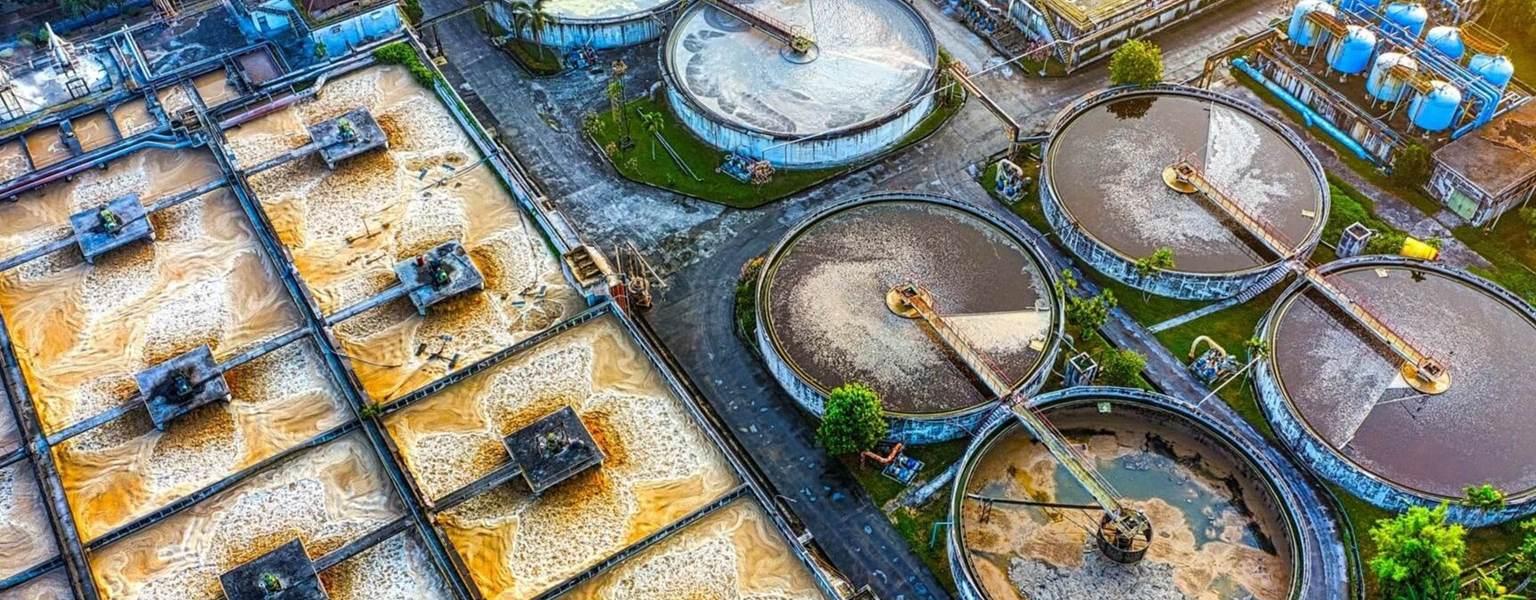Industrial wastewater is different from domestic sewage because it contains complex contaminants depending on the nature of the industry.

In today’s industrialized world, water is both a resource and a challenge. Industries across sectors like dairy, textiles,
pharmaceuticals, food processing, and chemicals rely heavily on water for production processes. However, this dependency
leads to a significant byproduct: wastewater. Industrial wastewater often contains harmful pollutants, chemicals, and
organic matter that, if discharged untreated, can severely damage ecosystems, public health, and even the industries themselves.
This is where an Effluent Treatment Plant (ETP) becomes not just a regulatory requirement but a vital component of
responsible and sustainable industrial operations. In this blog, we’ll explore why every industry needs an ETP, its
benefits, technologies, and the role companies like E Green System play in shaping a cleaner future.
### The Problem of Industrial Wastewater
Industrial wastewater is different from domestic sewage because it contains complex contaminants depending on the nature of the industry.
For example:
- **Dairy industry** wastewater has high organic load, fats, and suspended solids.
- **Textile industry** effluents contain dyes, chemicals, and salts.
- **Pharmaceutical plants** release active compounds and solvents that can harm aquatic life.
- **Food processing industries** discharge biodegradable waste that causes oxygen depletion in water bodies.
If left untreated, these effluents pollute rivers, groundwater, and soil, leading to long-term environmental degradation.
In countries like India, untreated industrial wastewater is one of the leading causes of river pollution.
---
### What is an Effluent Treatment Plant?
An Effluent Treatment Plant (ETP) is a facility designed to treat industrial wastewater so it can be safely discharged
into the environment or reused within the plant. It uses a combination of physical, chemical, and biological processes
to remove harmful pollutants and ensure compliance with environmental regulations.
At its core, an ETP ensures that “dirty” water is transformed into water that is either reusable or safe enough to return
to natural ecosystems without causing harm.
---
### Key Benefits of an ETP
1. **Environmental Protection**
By treating wastewater before discharge, industries prevent toxic substances from entering rivers, lakes, and soil.
This preserves aquatic ecosystems and reduces pollution-related diseases in humans.
2. **Regulatory Compliance**
Pollution Control Boards (PCBs) in India and similar agencies worldwide have strict norms for effluent discharge.
An ETP ensures industries remain compliant, avoiding fines, penalties, and possible shutdowns.
3. **Resource Conservation and Reuse**
With modern ETP technologies, treated water can be reused in cooling towers, boilers, or gardening, reducing
dependence on fresh water sources.
4. **Corporate Social Responsibility (CSR)**
Customers and communities increasingly expect industries to adopt sustainable practices. An ETP demonstrates a
company’s commitment to the environment.
5. **Economic Benefits**
While installing an ETP is an investment, it saves money in the long run through water reuse, reduced water procurement
costs, and avoidance of legal penalties.
---
### Technologies Used in ETPs
Effluent Treatment Plants combine several processes depending on the type of wastewater. Common technologies include:
- **Primary Treatment**: Physical separation of large particles through screening, sedimentation, and coagulation.
- **Secondary Treatment**: Biological treatment where microorganisms break down organic pollutants (activated sludge,
bio-towers, or MBBR systems).
- **Tertiary Treatment**: Advanced methods like membrane filtration, reverse osmosis, or UV disinfection for
high-quality output.
For specific industries like dairies, **Continuous Stirred Tank Reactor (CSTR) technology** is often used to manage
organic load with low sludge generation. Companies like E Green System specialize in tailoring these solutions.
---
### Industry-Specific Applications
1. **Dairy**: CSTR-based ETPs reduce sludge and generate biogas from waste.
2. **Textile**: Advanced oxidation and membrane filtration help remove dyes and chemicals.
3. **Pharmaceutical**: Multi-stage treatment ensures active compounds are neutralized.
4. **Food & Beverage**: Biodegradable waste is treated to prevent oxygen depletion in rivers.
5. **Hotels and Hospitals**: Compact ETPs handle wastewater within limited space.
---
### The Role of E Green System
E Green System has successfully completed over 50 projects in STP, ETP, and WTP design and execution. Their
ETP solutions are tailored to industries like dairies, housing complexes, hospitals, and large office complexes.
By combining cutting-edge technologies with practical design, they ensure that clients not only meet compliance
standards but also achieve long-term sustainability.
One of their highlights is implementing **CSTR-based ETPs for dairies**, which not only treat effluent but also
generate biogas, contributing to renewable energy initiatives.
---
### Challenges in ETP Implementation
Despite their importance, industries often hesitate to install ETPs due to:
- High upfront costs
- Space requirements
- Lack of technical expertise
However, companies like E Green System simplify this by offering **modular, compact, and cost-effective solutions**,
making ETPs accessible for small, medium, and large industries alike.
---
### Future of ETPs
The future of industrial wastewater management lies in smart, automated ETPs with features like:
- Real-time monitoring using IoT sensors
- AI-based optimization for energy savings
- Integration with renewable energy sources
- Circular economy models (waste-to-resource approaches)
Industries that adopt such advanced systems not only comply with regulations but also gain a competitive edge by
showcasing their sustainability efforts.
---
### Conclusion
An Effluent Treatment Plant is no longer optional—it is a necessity for every industry. From protecting the
environment and ensuring regulatory compliance to saving costs and building a sustainable brand image, ETPs
offer undeniable benefits. Companies like E Green System are at the forefront of designing and implementing
solutions that empower industries to operate responsibly.
As water scarcity and pollution continue to pose global challenges, industries that invest in ETPs today will
be better positioned for tomorrow’s sustainable future.